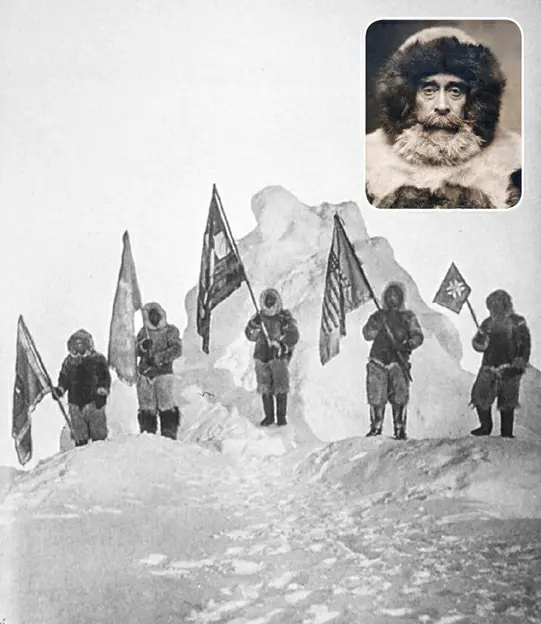The exploration of Earth’s remote frontiers, like the North Pole, has been driven by a mix of nationalism, economic motives, scientific curiosity, and personal ambition. One of the most contentious episodes in this history involves American civil engineer and naval officer Robert Peary, whose claim to have reached the North Pole in 1909 sparked both acclaim and skepticism.
Peary, known for his Arctic expeditions and proving Greenland as an island, embarked on multiple expeditions to the North Pole between 1898 and 1909. In 1909, alongside his assistant Matthew Henson and four Inuit guides, Peary asserted that he had reached the geographic North Pole at 90° North latitude. However, this claim was immediately shrouded in controversy. There were competing claims to the pole, and subsequent analysis of Peary’s records suggested potential inconsistencies in his navigational data.
Despite the disputes, endorsements from organizations like the National Geographic Society and the Explorers Club at the time led to Peary’s wide recognition as the first to the pole. He was honored with a promotion to Rear Admiral and later presided over the Explorers Club.
The accuracy of Peary’s claim remains a topic of debate due to the limitations of early 20th-century navigational equipment and the possibility of record embellishment. It is thought by some that it wasn’t until Roald Amundsen’s dirigible expedition in 1926 that verifiable evidence of reaching the North Pole was obtained.

